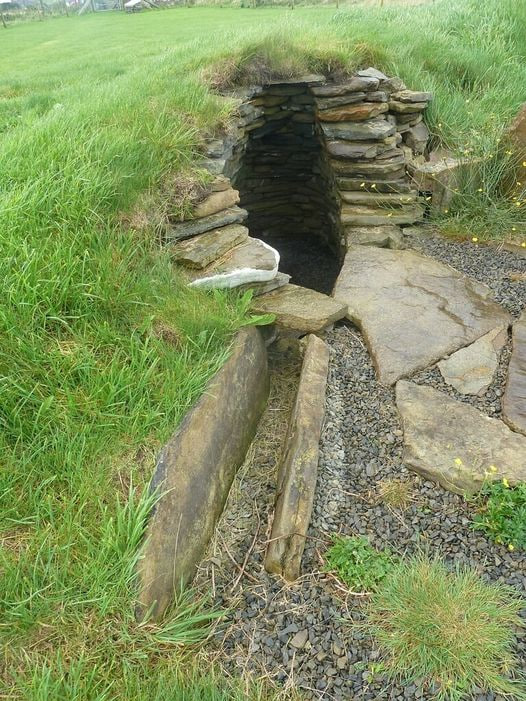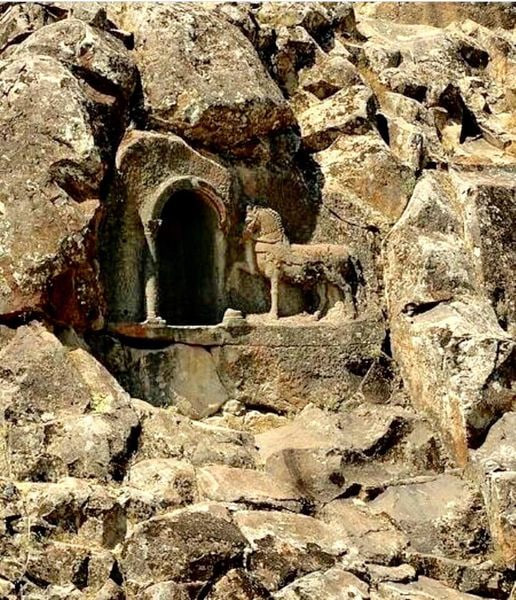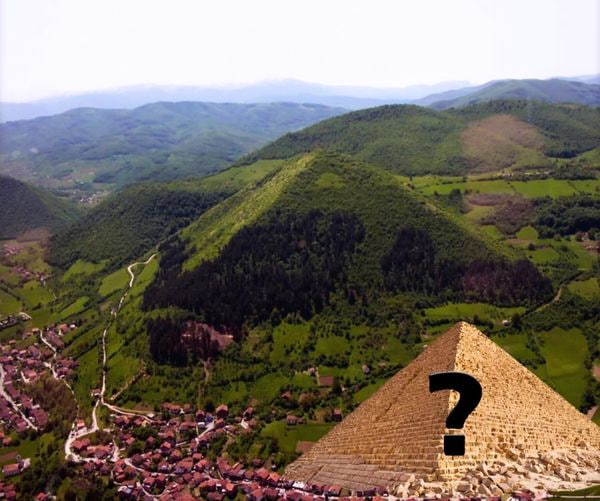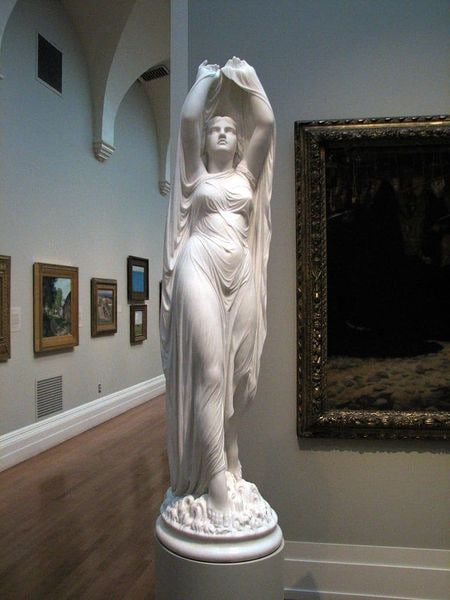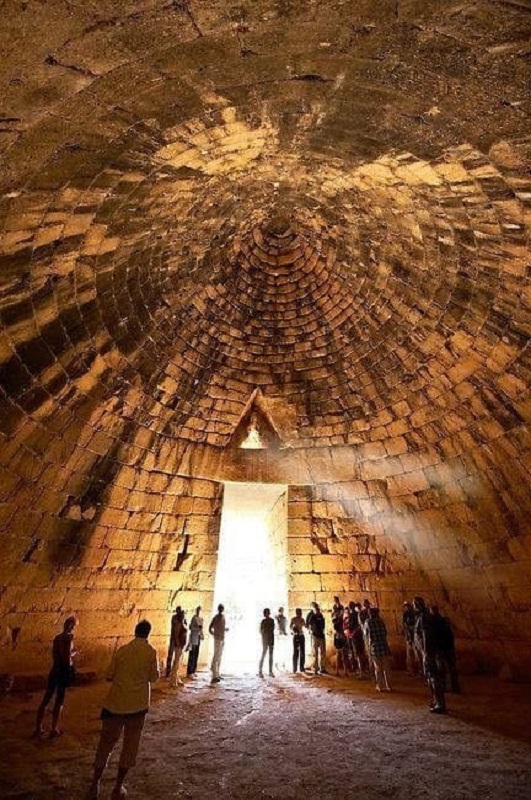Among the illustrious wonders of the ancient world, the Statue of Rhodes stands out as a testament to human ingenuity and artistic prowess. Erected in 280 BC on the island of Rhodes, this colossal bronze statue, dedicated to the Greek God of the Sun, Helios, soared to a height of 32 meters, captivating all who beheld its magnificence. However, its reign as one of the wonders of antiquity was tragically short-lived, as it succumbed to the forces of nature a mere 54 years later. Despite its brief existence, the Statue of Rhodes remains a symbol of the grandeur and ambition of ancient civilizations.
A Colossal Tribute to Helios: The Making of the Statue
Crafted by the skilled hands of the renowned sculptor Khares of Lindos, the Statue of Rhodes was conceived as a monumental homage to the patron deity of the island. Standing at the entrance of the harbor, it served as a majestic beacon, welcoming sailors and travelers from distant lands. Constructed entirely of bronze, the statue's sheer size and exquisite detail mesmerized all who gazed upon it, earning it a place among the wonders of the ancient world. With its outstretched arms and radiant countenance, it embodied the spirit of Helios, the sun god, casting a divine glow over the island of Rhodes.

A Triumph Cut Short: The Demise of the Statue
Despite its awe-inspiring presence, the Statue of Rhodes met a tragic fate just over five decades after its completion. In 226 BC, a powerful earthquake struck the island, causing irreparable damage to the towering monument. The colossal figure, once a symbol of strength and resilience, crumbled under the force of nature, leaving behind only fragments of its former glory. The loss of the Statue of Rhodes was mourned by the people of Rhodes and beyond, marking the end of an era and the passing of an architectural marvel.
Legacy of a Lost Wonder: Remembering the Statue of Rhodes
Though the physical remains of the Statue of Rhodes may have been lost to time, its legacy endures in the annals of history. As one of the seven wonders of the ancient world, it continues to captivate the imagination of scholars, artists, and historians, inspiring countless interpretations and tributes. Its brief existence serves as a poignant reminder of the impermanence of human achievement and the fragility of monumental endeavors. Yet, its enduring legacy lives on, reminding us of the power of ambition, creativity, and devotion in shaping the course of civilization.
Conclusion:
In the annals of ancient history, the Statue of Rhodes stands as a testament to the ambition and artistic brilliance of its creators. Though its reign was short-lived, its impact reverberates through the ages, reminding us of the heights to which humanity can aspire. As we reflect on its legacy, we are reminded of the importance of preserving and honoring the wonders of the past, lest they be lost to the sands of time. The story of the Statue of Rhodes serves as a poignant reminder of the resilience of the human spirit and the enduring power of the ancient world to inspire awe and wonder.
Archaeological Insights:
The archaeological study of the Statue of Rhodes offers valuable insights into the craftsmanship and engineering techniques of the ancient world. Through the examination of historical records, artistic representations, and archaeological remains, scholars can reconstruct the story of this monumental statue and its significance in ancient society. By piecing together fragments of the past, archaeologists can unravel the mysteries surrounding its construction, demise, and enduring legacy, shedding light on the cultural, religious, and artistic practices of the people of Rhodes and their reverence for the sun god, Helios.






